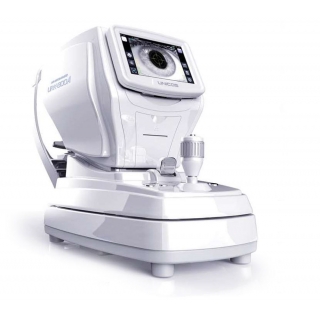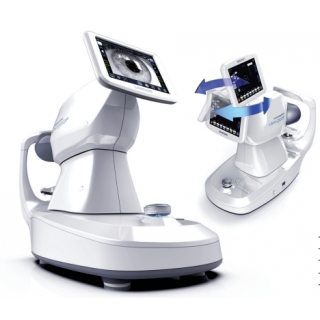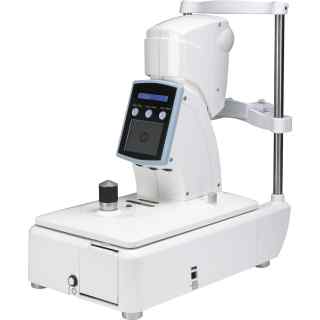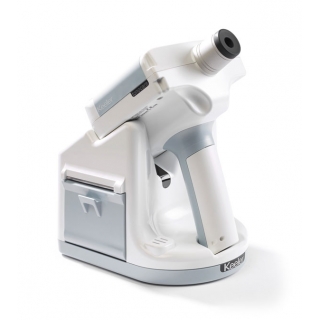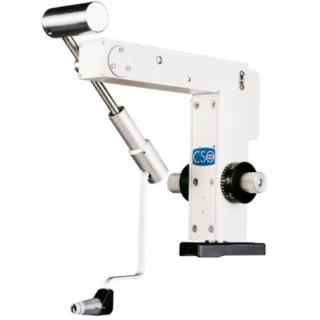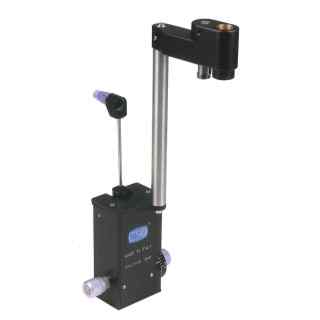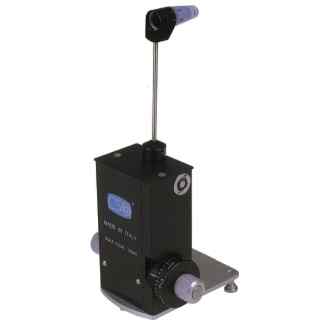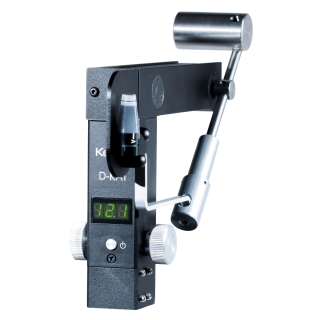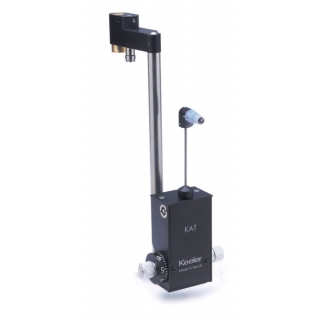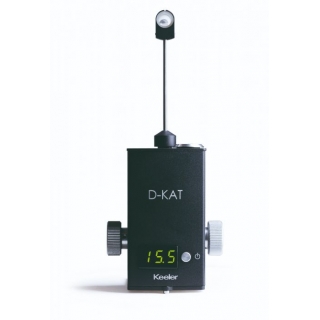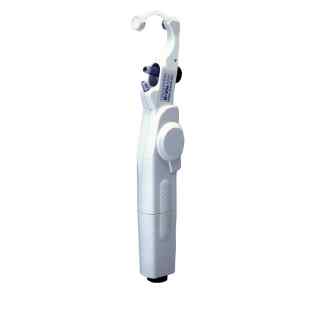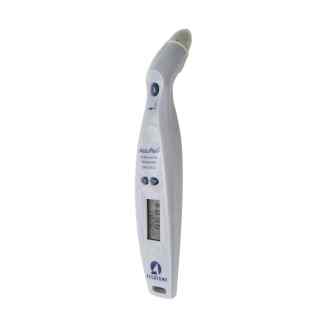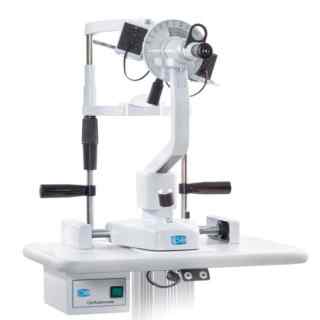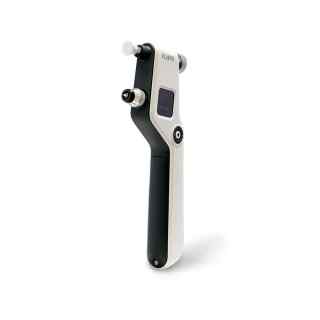Autorefractors/ARK, Keratometers, Tonometers
An autorefractor/ARK offers the functionality of an auto refractor and keratometer. A refractor measures a patients refractive error, whilst a keratometer, also referred to as an ophthalmometer, is an optical, diagnostic instrument for measuring the curvature of the anterior surface of the cornea.
Keratometry is the measurement of the anterior corneal curvature and is traditionally performed with a manual keratometer. This device, also known as an ophthalmometer.
The two basic keratometers are the Helmholtz type and the Javal-Schiotz type. Both use the relationship between object size, image size, and distance, to calculate corneal curvature. The former is the more familiar to most ophthalmologists. It is a one-position device that uses adjustable image size and consists of aligning plus sign and minus sign mires. The latter is a two-position instrument that uses adjustable object size and requires alignment of a red square and green staircase design.
Keratometers measure the size of an image reflected from two paracentral points on the cornea. The instrument contains doubling prisms to stabilize the image allowing more accurate focusing. The anterior corneal curvature is then obtained from the convex mirror formula and corneal power is calculated empirically using Snell’s law of refraction with simplified optics. The keratometer measures the anterior corneal surface but uses an assumed index of refraction (1.3375 rather than the actual 1.376) to account for the small contribution from the posterior corneal surface, the corneal thickness, and also to allow 45 D to equal 7.5 mm radius of curvature (K (diopters) = 337.5/r).
Alternatives to the traditional keratometer are automated instruments that provide keratometry readings alone or in addition to a number of other functions. These include autorefractors (like the Unicos URK 800F) that measure refraction, corneal topographers (like the Antares from CSO) that map the anterior corneal surface.
The advantage of corneal topography is the ability to measure and quantify irregular astigmatism, which cannot be done with a keratometer. Although topography devices can average numerous corneal curvature measurements over a variety of central optical zone diameters, it is important to remember that the simulated keratometry readings (SimK) that these machines provide are essentially what a manual keratometer would estimate the corneal curvature to be at approximately the 3 mm zone.
We can supply a range of manual keratometers, such as the CSO JVL/1 LED Ophthalmometer, call us for more information on this product and the advantages it could bring to your practice.
Ocular tonometry is performed using a tonometer, and is the procedure of determining IOP, or intraocular pressure, which is the pressure of fluid in the patient’s eye. A tonometer performs this test as part of a glaucoma screening. Tonometer’s are most often calibrated to assess and measure mmHg, or pressure by millimetres of mercury.
A tomometer is an essential piece of instrumentation for optometrists, there many different type’s and options available when it comes to tonometers.
One of the most popular types of tonometer are handheld ones, these can be particularly useful when seeing patients who ‘don’t like the puff of air thing’ and if you provide domiciliary visits. We can offer the Accutome AccuPen Handheld tonometer, it offers Gravity Offset Technology and provides accurate IOP measurements with less calibration in any testing position. It is Self-calibrating and has a Large LCD display with 9 measurement storage and averaging.
We can also offer the Icare ic100 Tonometer, this handheld device is based on a rebound measuring principle that requires no drops, air or specialized skills for its use. The new premium design and user interface bring IOP measuring to a new level.
The Kowa HA-2 Applanation Tonometer is a convenient item for daily clinical practice and is compact, lightweight and well-balanced - easy to handle with one hand. It has a unique one spring mechanism assures correct reading regardless of patient posture.
The most common tonometer found in optician practices around the UK is the non-contact tonometer like the Keeler Pulsair Desktop, the Keeler Pulsair Intellipuff and the Keeler TonoCare Wireless Tonometer.
The Keeler Pulsair Desktop has a small and space saving footprint that combined with the elegant, slim optical mainframe allows it to blend seamlessly into the clinical environment. The openness of the design increases the confidence of both patient and clinician. Keeler Pulsair tonometers use advanced optical and sensor technology for positional detection and puff control.
The Keeler intelligent puff system gives you a quantum leap forwards in accuracy and ease of use. intelliPuff® embodies electronic and optical technology to deliver you the speed, accuracy and ease of use you and your patients deserve. Accuracy guaranteed.
The Keeler TonoCare is set to revolutionise the hand-held market. Designed and built with patient comfort front of mind, the TonoCare is truly simple to use and gives consistently fast, accurate and reliable readings. Whatever the mobility of the patient and wherever it’s being used, the TonoCare offers exceptional performance time and time again
We also supply a range of contact tonometers. The CSO F900 and A900 applanation tonometers are accessories for the CSO SL990 slit lamp to measure ocular pressure. Due to its versatile design, they can also be combined with other manufacturers equipment. The tonometers operate using the Goldmann method, meaning that it measures the pressure required for maintaining uniform applanation of the corneal surface. Precise measurement of the small flattened surface is completed using a slit lamp at 10x magnification.
We can also supply the Keeler KAT Applanation Tonometer and the Keeler D-KAT Digital Applanation Contact Tonometer, both are contact tonometers.

